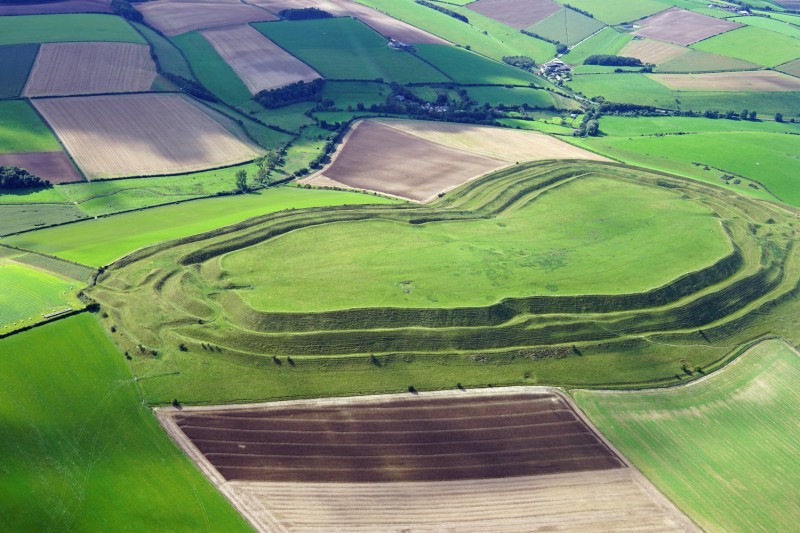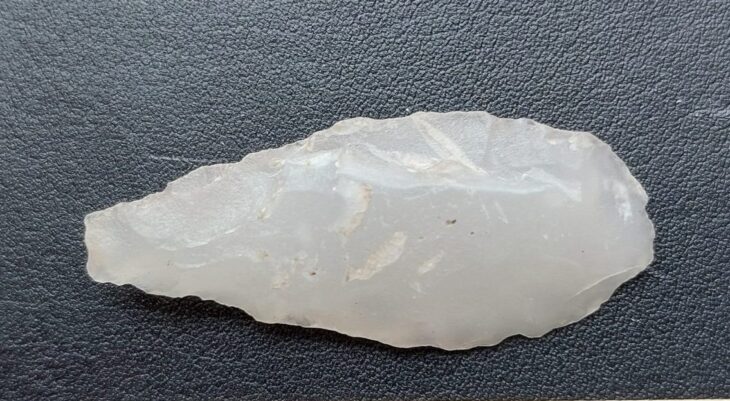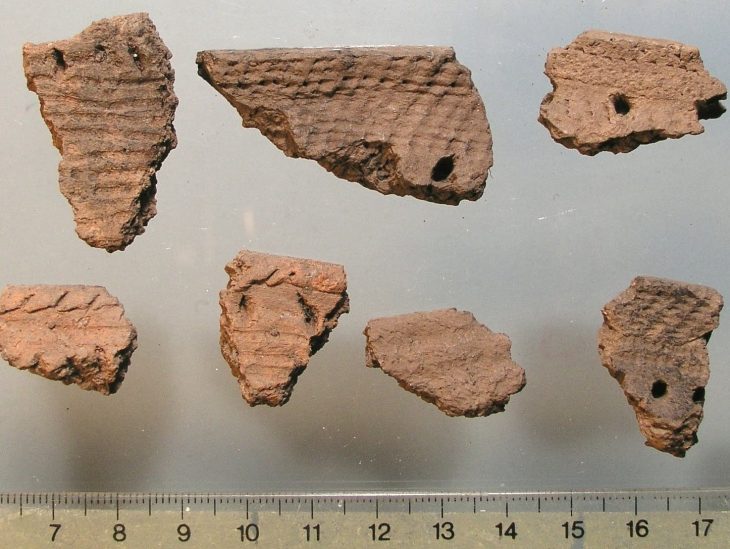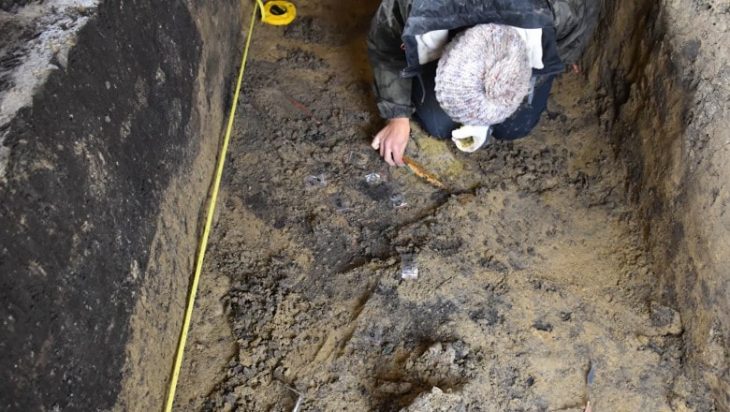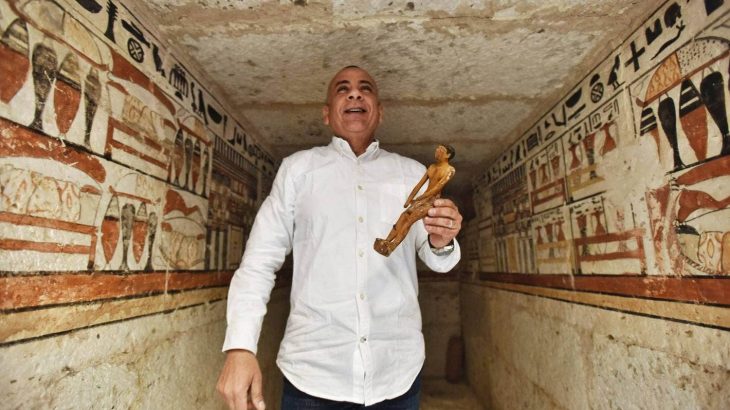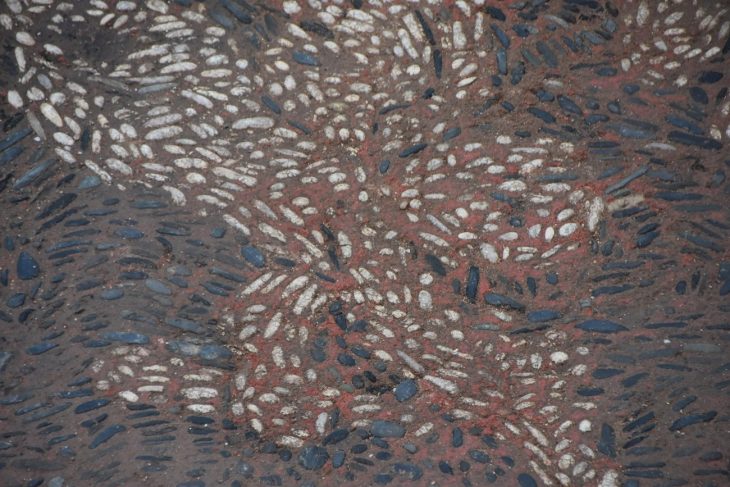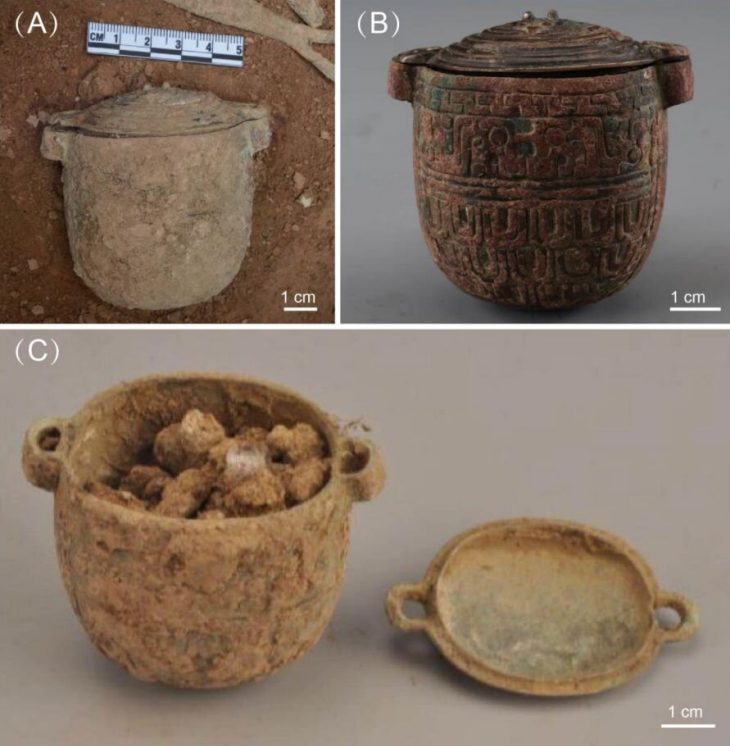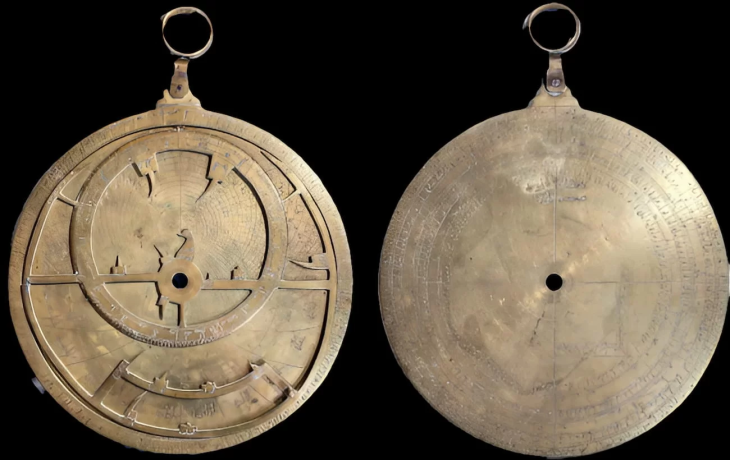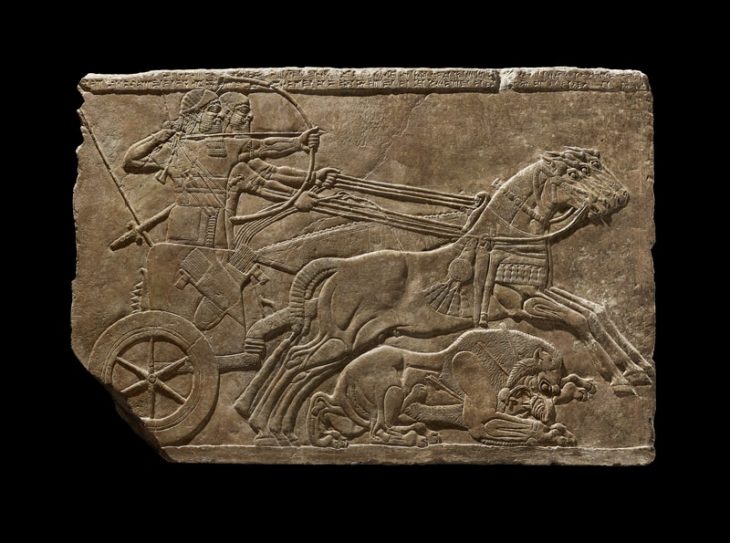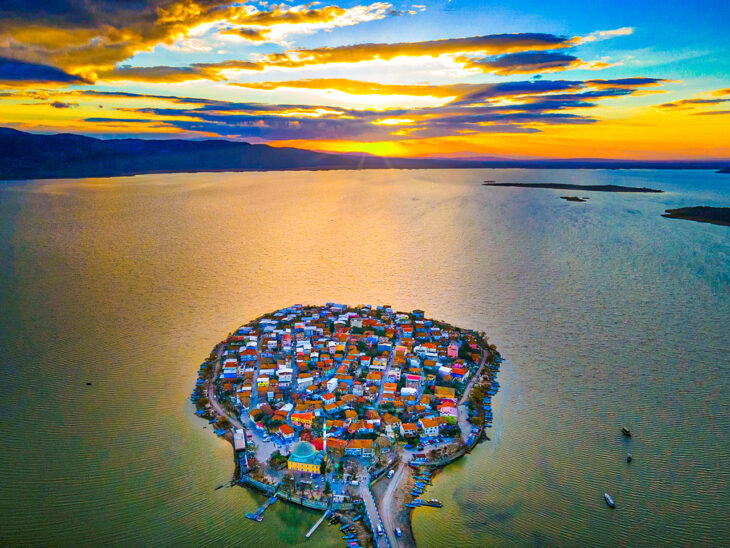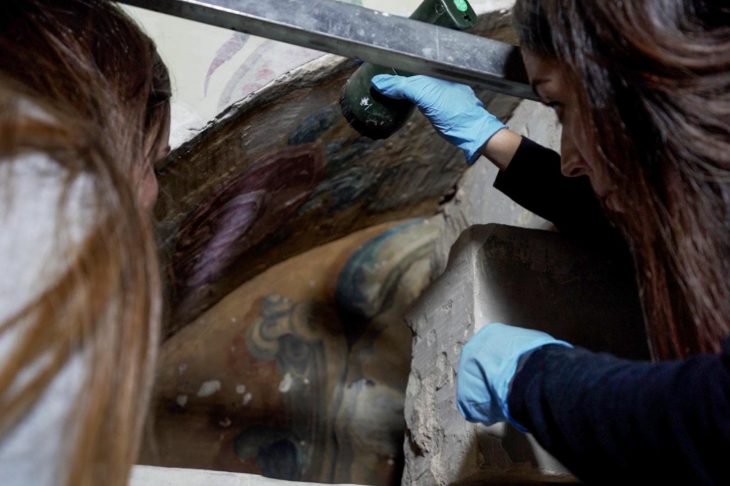Bournemouth University Archaeologists Challenge 90-Year-Old Roman Conquest Narrative at Maiden Castle with Fresh Forensic and Radiocarbon Analysis
A landmark study by Bournemouth University (BU) archaeologists has upended a widely accepted version of ancient British history, revealing that the infamous “Roman massacre” at Maiden Castle never happened. Instead, researchers discovered that the individuals buried at the Iron Age hillfort in Dorset died during multiple episodes of localized violence spanning several generations—long before any Roman legions set foot on the site.
The study, recently published in the Oxford Journal of Archaeology, reexamines one of Britain’s most iconic archaeological discoveries using modern forensic techniques and a comprehensive radiocarbon dating program. Human remains previously interpreted as victims of a single dramatic Roman attack were actually deposited over a timeline stretching from the late 1st century BC into the early 1st century AD.
Dr. Martin Smith, Associate Professor in Forensic and Biological Anthropology at BU, explained:
“The find of dozens of human skeletons displaying lethal weapon injuries was never in doubt. However, our systematic radiocarbon analysis shows these deaths occurred across decades, rather than a single event.”
📣 Our WhatsApp channel is now LIVE! Stay up-to-date with the latest news and updates, just click here to follow us on WhatsApp and never miss a thing!!
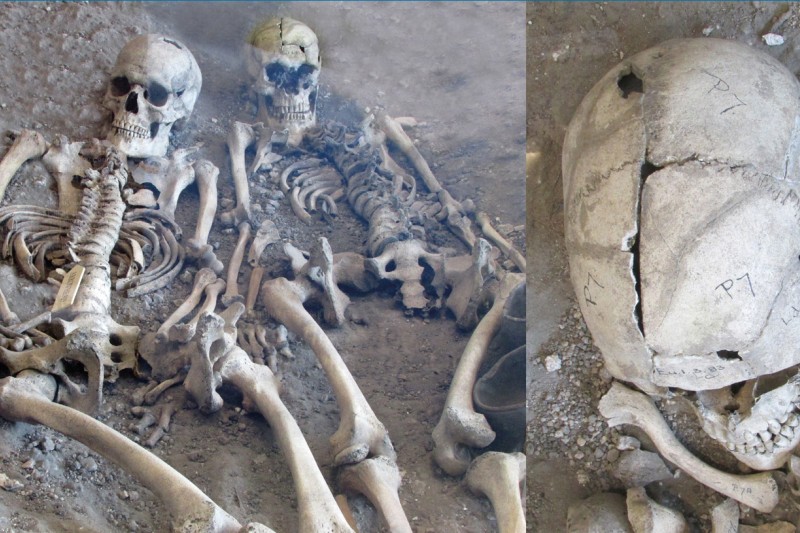
Originally excavated in 1936 by famed archaeologist Sir Mortimer Wheeler, Maiden Castle became a cultural symbol of resistance, allegedly representing the violent clash between the native Durotriges tribe and invading Roman forces. Wheeler’s vivid account of a Roman siege, complete with “marks of battle” and a tale of noble but futile resistance, helped etch the site into the national narrative as the setting of a tragic massacre.
But modern science tells a different story.
Dr. Miles Russell, Principal Academic in Prehistoric and Roman Archaeology at BU and co-author of the study, remarked:
“Since the 1930s, this story of a doomed native last stand has permeated books, articles, and documentaries. But our findings show it simply doesn’t hold up under scrutiny. The injuries are real, but the pattern, spread over decades, points not to Roman soldiers—but to inter-tribal violence or ritual killings by fellow Britons.”
Injuries observed on the skeletons include blunt force trauma and sharp-force lesions, but lack the consistency and concentration expected from organized Roman military tactics. Moreover, variations in burial practices suggest complex social dynamics at play. According to Visiting Fellow and archaeological scientist Paul Cheetham,
“The burial diversity suggests either co-existing cultures or intricate social stratification within Iron Age society. It’s no longer valid to impose simplistic interpretations on such complex archaeological contexts.”
The research also raises compelling questions about what remains hidden beneath the site. Wheeler’s initial excavation, though groundbreaking for its time, only covered a fraction of the expansive hillfort. Cheetham added,
“It’s likely that many more burials remain undiscovered around the vast ramparts of Maiden Castle.”
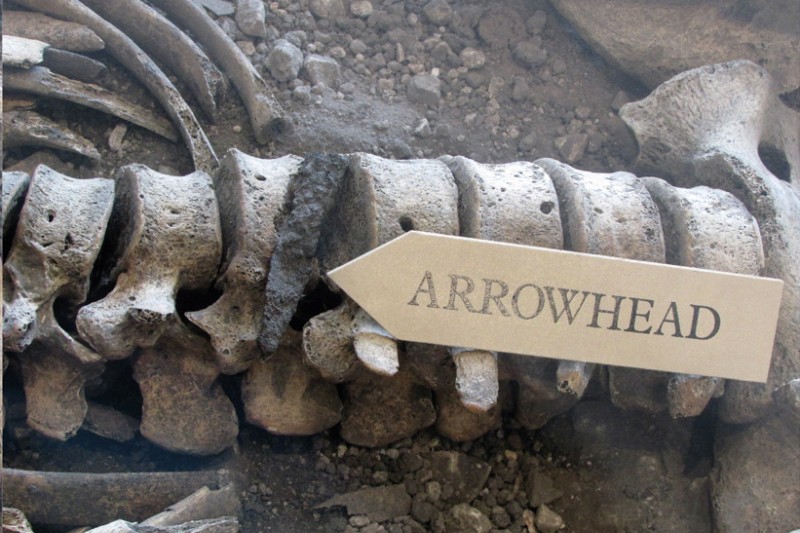
Dr. Smith noted how contemporary influences may have shaped earlier interpretations:
“Wheeler was working on the eve of WWII, with Britain fearing another foreign invasion. That kind of anxiety might have made the idea of a heroic stand against the Romans resonate more deeply.”
This new study calls for a reevaluation not only of Maiden Castle but of how historical narratives are constructed—and how they persist, even in the face of contradictory evidence.
By employing modern archaeological science, Bournemouth University researchers have not only dismantled a myth but replaced it with a richer, more human story—one that acknowledges the complexities of Iron Age life, social conflict, and the long shadow of impending conquest.
Smith, M. J., Russell, M., & Cheetham, P. (2025). Fraught with high tragedy: A contextual and chronological reconsideration of the Maiden Castle Iron Age ‘war cemetery’ (England). Oxford Journal of Archaeology, 44(2), 123–140. https://doi.org/10.1111/ojoa.12324
Cover Image Credit: Aerial view of Maiden Castle, Dorset, the largest Iron Age hillfort in Britain. Credit: Jo and Sue Crane

